Clock Generation
• It can generate multiple high – precision clock signals with low jitter. It integrates a phase – locked loop (PLL) that can lock onto an external reference clock and multiply or divide it to produce the desired output clock frequencies. This allows for flexible generation of clocks suitable for various applications, such as those in high – speed digital systems, communication networks, and data storage devices.
Clock Distribution
• The chip is capable of distributing the generated clock signals to multiple output channels. It provides up to [X] output channels, which can be independently configured to have different clock frequencies and phases. This enables efficient distribution of clocks to different components within a system, ensuring synchronous operation and proper timing coordination.
Programmability
• It offers extensive programmability through an SPI – compatible interface. Users can configure various parameters of the chip, including clock frequencies, output enable/disable, phase adjustments, and power – down modes. This allows for easy customization of the clock generation and distribution functions to meet the specific requirements of different applications.
Power Management
• The CDCE913QPWRQ1 has power – saving features. It supports different power – down modes that can be used to reduce power consumption when the chip is not fully utilized. This helps in optimizing the power efficiency of the overall system, especially in battery – powered or energy – sensitive applications.
High – Speed Performance
• It is designed to operate at high speeds, with output clock frequencies ranging from [minimum frequency] to [maximum frequency]. It can handle high – speed data rates and is suitable for applications that require precise timing and high – speed clocking, such as high – speed serial data interfaces, FPGA and ASIC clocking, and networking equipment.
Low – Noise Performance
• The chip is engineered to provide low – noise clock signals. It has advanced circuitry to minimize phase noise and jitter, ensuring the integrity of the clock signals and improving the overall performance and reliability of the systems that use these clocks. This is crucial in applications where accurate timing and low – noise clocks are essential, such as in high – performance computing and communication systems.



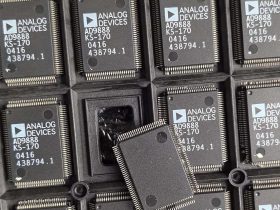


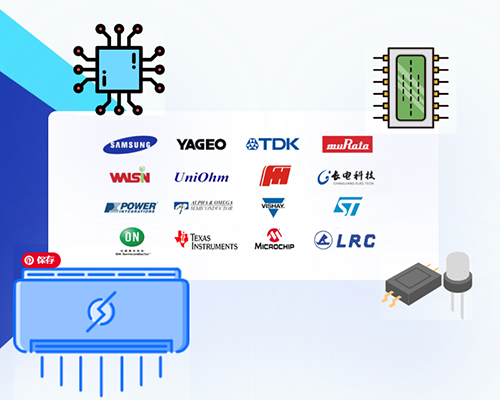

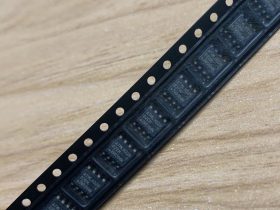
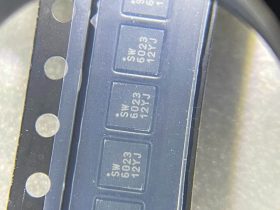
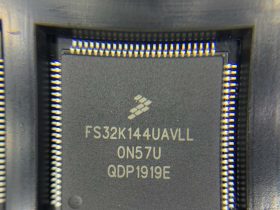
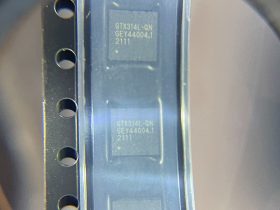
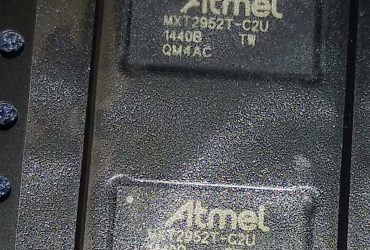
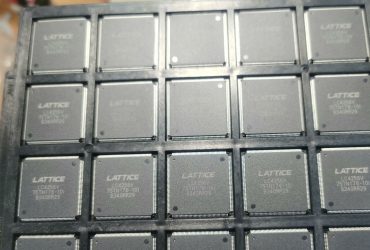
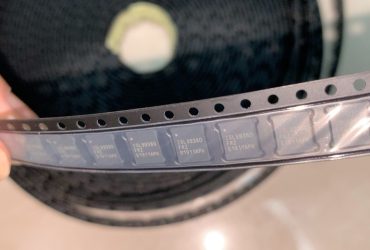
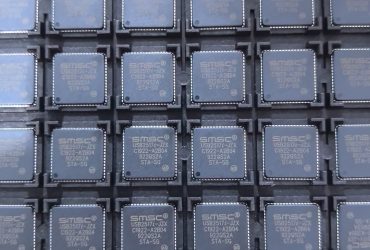
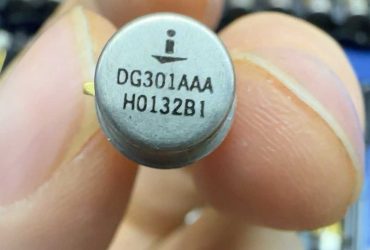
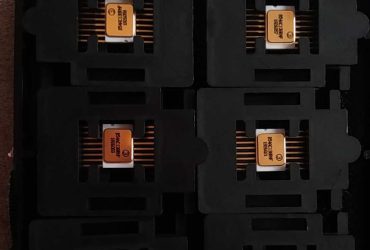
Leave a Reply